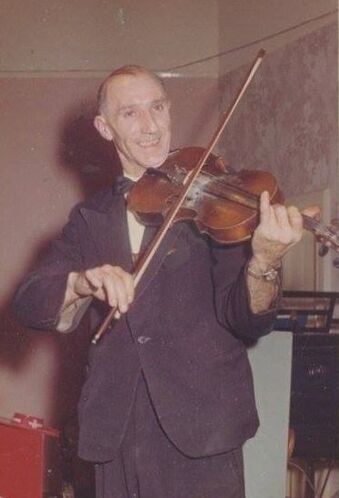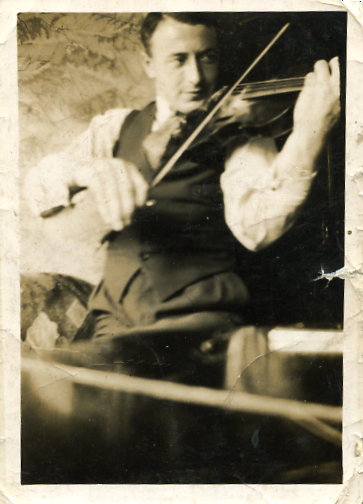|
There was a time, not so long ago, when everyone had an aunt or uncle with a fiddle or melodeon. My great uncle Dan Hewitt was a well-known fiddler in the town of Larne and as a child, I delighted in the Aladdin's cave of melodeons, fiddles, saxophones and clarinets hidden underneath his sofa, not to mention the harmonica residing in his top pocket that appeared to have a way of conversing with children all by itself. When Dan played the fiddle on Radio Ulster in the 1980s, “us weans” took it as read that he must be the most famous man alive.
As I was writing ‘Irish Dancing: The Festival Story,’ I picked up bits and pieces about the history of music: the ancient harp and pipe traditions of Gaelic times; fiddle schools emerging all around Ulster during the 1830s and 1840s; the popularity of instruments as they became more affordable and the subsequent creation of bands comprising banjos, fiddles and melodeons - the “pop bands” of their time. The encroachment of jazz music and gramophone records lead to the belief that live music might die out all together, so in the 1920s Irish folk music, along with Irish folk dancing, was added to the syllabus of the musical festivals.
9 Comments
|
ProseHistory & folkloreJean Park of Ballygally
Fiddles and Melodeons Martha Taylor's diary Jean McCullagh at 104 Ballymena & the McConnells Arms in Irish Dancing Catholics & Protestants in Irish dancing Dancing in Victorian Ulster Essays
|


 RSS Feed
RSS Feed